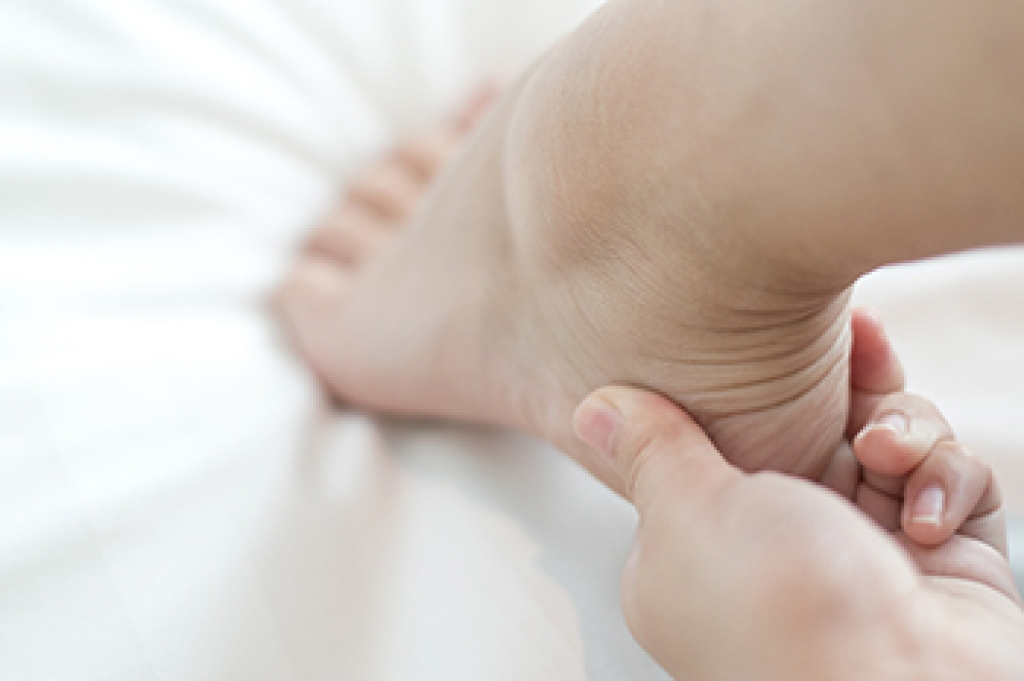
When you walk or jump, you put repeated force on your heels as they strike the ground time after time. This chronic trauma to your heels can cause blood vessels in the muscles and surrounding tissue to become quite bruised. This leads to bleeding underneath the skin's surface and bruising in the heel. Bruised heels are also known as heel contusions. Although they may be painful, heel bruises can be treated by a chiropodist. They will start off by examining you and running imaging tests, if necessary, to make sure you do not have another type of injury that causes heel pain, such as plantar fasciitis, Achilles tendinitis, arthritis, or a heel bone fracture. If they verify that you do have a heel bruise they may treat it using a variety of treatments including prescription medications, rest, and orthotics. Additionally, they may suggest some gentle stretches and massage therapy to get blood flowing and to ease tension in your muscles.
Injuries to the foot and ankle are very common among athletes. If you have experienced an injury, please consult with one of our chiropodists from West Toronto Foot & Ankle Clinic Inc. . Our chiropodist will assess your condition and provide you with quality foot and ankle treatment.
Common Injuries Among Athletes:
- Achilles tendon injuries
- Ankle strains or sprains
- Plantar fasciitis
- Fractures
- Turf toe
- Joint dislocations
- Sever’s disease
- Morton’s neuroma
Symptoms
Symptoms will depend on the cause and severity of the injury. Common symptoms for a foot or ankle injury include pain, swelling, tenderness, bruising, a reduced range of motion, and difficulty bearing weight or walking on the affected foot or ankle.
Diagnosis
Sports injuries are typically diagnosed after carefully examining the affected foot or ankle. This includes moving the injured area to test its range of motion. Medical history will need to be provided, as well as detailed information about how the injury occurred. Imaging studies, such as X-rays or MRIs, may be used to confirm or rule out certain diagnoses.
Treatment
Just like symptoms, treatment will depend on the type of injury and its severity. Initial treatment for many sports injuries is aimed at controlling inflammation and promoting the healing response. The acronym R.I.C.E is a helpful guide to implement for most acute injuries. This method involves resting, icing, compressing, and elevating the affected foot or ankle. In addition, anti-inflammatory medications may be administered and orthotic devices may be prescribed. For more severe injuries, surgery may be required. Lastly, rehabilitation or physical therapy may be needed to gain full functionality in the afflicted area.
If you have any questions please feel free to contact our office located in Toronto, ON .
